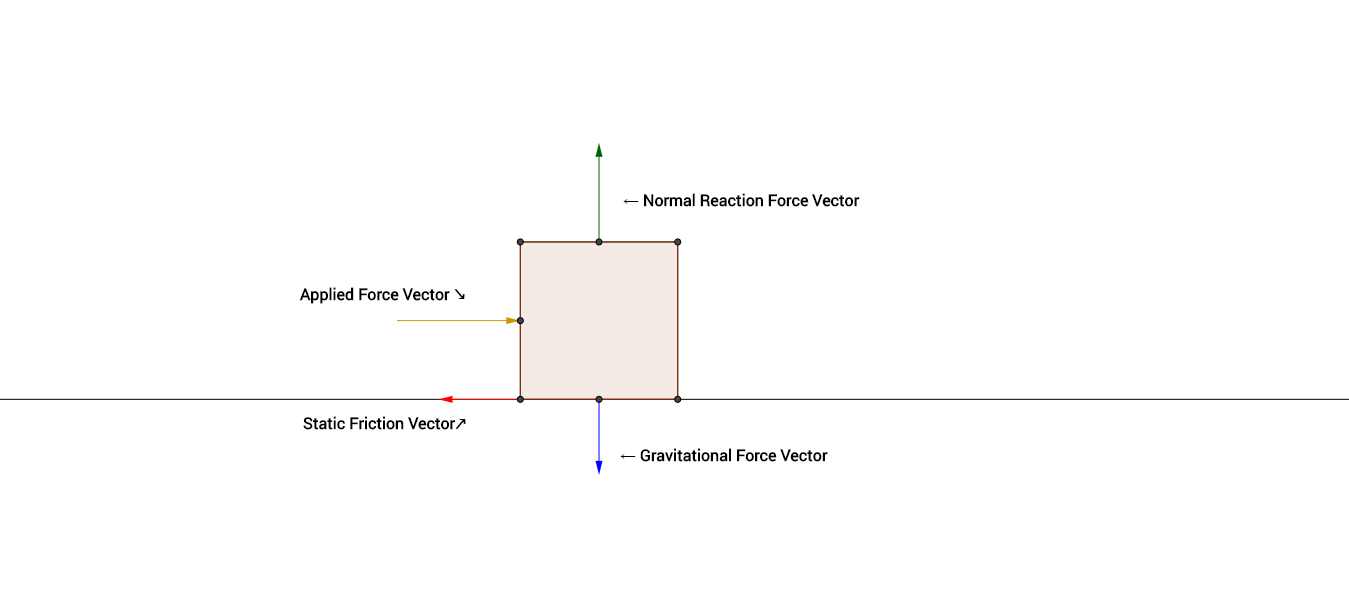There is no reaction force on this free body diagram. That is because this is the diagram for the object only.
Draw a free body diagram of the Earth, and there you have your reaction force. You will see that the same static friction pulls the opposite way in the Earth.
Free-body force diagrams tell a story about one object (or system) and are thus useful for e.g. Newton's 2nd and 1st laws. But the action/reaction force couples that come from Newton's third law appear between objects, or you could say that they appear on two different objects. Not on the same objects. Therefor they might not both be included within a free-body diagram - if they are both included (when you define your system as including both objects), then they will always exactly cancel out and will thus make no different for Newton's 2nd and 1st laws, and thus we ignore them. You will thus never see an action/reaction force pair both appearing on a free-body diagram.
To explain your specific scenario: The static friction force is trying to prevent sliding from happening. So it pulls leftwards in the box in order to try to prevent it from moving, and it pulls rightwards in the Earth to try to make the Earth follow along with the box, so that there is no sliding.

